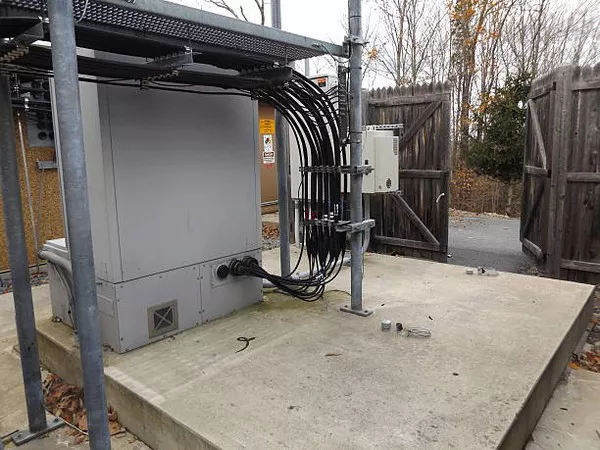Electricity is the lifeblood of modern society, fueling everything from our homes to industries. Generators play a crucial role in ensuring a reliable power supply, and among these, Direct Current (DC) generators hold a significant place. These machines, which convert mechanical energy into direct current electrical energy, find applications across a wide array of industries and environments due to their unique characteristics and advantages. In this article, we delve into the world of DC generators and uncover the diverse range of purposes they serve.
Understanding DC Generators
A DC generator, often referred to as a dynamo, is a device that converts mechanical energy into electrical energy in the form of direct current. The fundamental principle behind their operation is electromagnetic induction, wherein a rotating coil within a magnetic field induces a voltage across the coil’s terminals. This induced voltage generates a direct current flow that can be harnessed for various applications.
Applications in Battery Charging
One of the most common uses of DC generators is in the charging of batteries. Battery-powered systems, ranging from small electronics to electric vehicles, rely on a steady and controlled supply of direct current to recharge their energy storage units. DC generators provide a reliable and efficient means of replenishing the energy stored in batteries, ensuring continuous operation and optimal performance.
Standby Power Generation
In critical infrastructure and facilities where uninterrupted power supply is paramount, DC generators serve as dependable backup power sources. Industries such as data centers, hospitals, and telecommunications rely on these generators to ensure that essential functions are maintained during power outages. DC generators can provide seamless power transitions, safeguarding sensitive equipment and preventing data loss.
Remote and Off-Grid Applications
DC generators are also indispensable in remote and off-grid locations where connecting to the main electrical grid is impractical or impossible. In remote research stations, telecommunications towers, and agricultural operations, these generators offer a self-sufficient solution for powering equipment, lighting, and communication systems. Their ability to operate in isolated environments makes them essential tools in maintaining connectivity and operational efficiency.
Railway and Transportation Systems
The transportation sector benefits significantly from the reliability of DC generators. Trains, for instance, often utilize DC generators to provide power for lighting, signaling, and control systems. DC generators ensure consistent power supply, contributing to the safety and efficiency of railway operations. Additionally, DC generators play a role in supporting electric and hybrid vehicles by providing charging infrastructure for their batteries.
Marine Applications
The maritime industry relies on DC generators to power various systems on ships and vessels. From lighting and navigation equipment to communication devices and propulsion systems, these generators deliver stable and predictable electrical power in the challenging and dynamic marine environment. They contribute to the safety, navigation, and overall functionality of ships at sea.
Industrial Manufacturing
Within the realm of industrial manufacturing, DC generators play a crucial role in powering machinery and equipment. They are employed in processes that require precise control and steady power delivery, such as electroplating, welding, and materials processing. The ability to regulate the output voltage and current of DC generators makes them suitable for applications demanding high precision and stability.
Research and Scientific Instruments
DC generators also find their place in scientific research and instrumentation. They power laboratory equipment, analytical instruments, and experimental setups, ensuring a consistent power source for accurate data collection and analysis. Their versatility makes them suitable for a wide range of scientific disciplines, from physics to chemistry and beyond.
Emerging Renewable Energy Integration
As the world shifts towards renewable energy sources, DC generators have a role to play in integrating these sources into the grid. They can be used to convert the variable output of renewable sources like solar panels and wind turbines into stable direct current that can be efficiently stored or further transformed for consumption. This helps overcome the intermittency challenge associated with renewable energy generation.
Conclusion
In an interconnected world where reliable power is essential for progress, DC generators emerge as versatile and dependable solutions. Their applications span from charging batteries to enabling critical infrastructure, powering transportation systems, and supporting scientific research. As technology continues to evolve, DC generators will undoubtedly adapt and find new roles in emerging industries and innovative applications. Their ability to provide a controlled and efficient direct current supply makes them an indispensable tool in powering the modern world.

